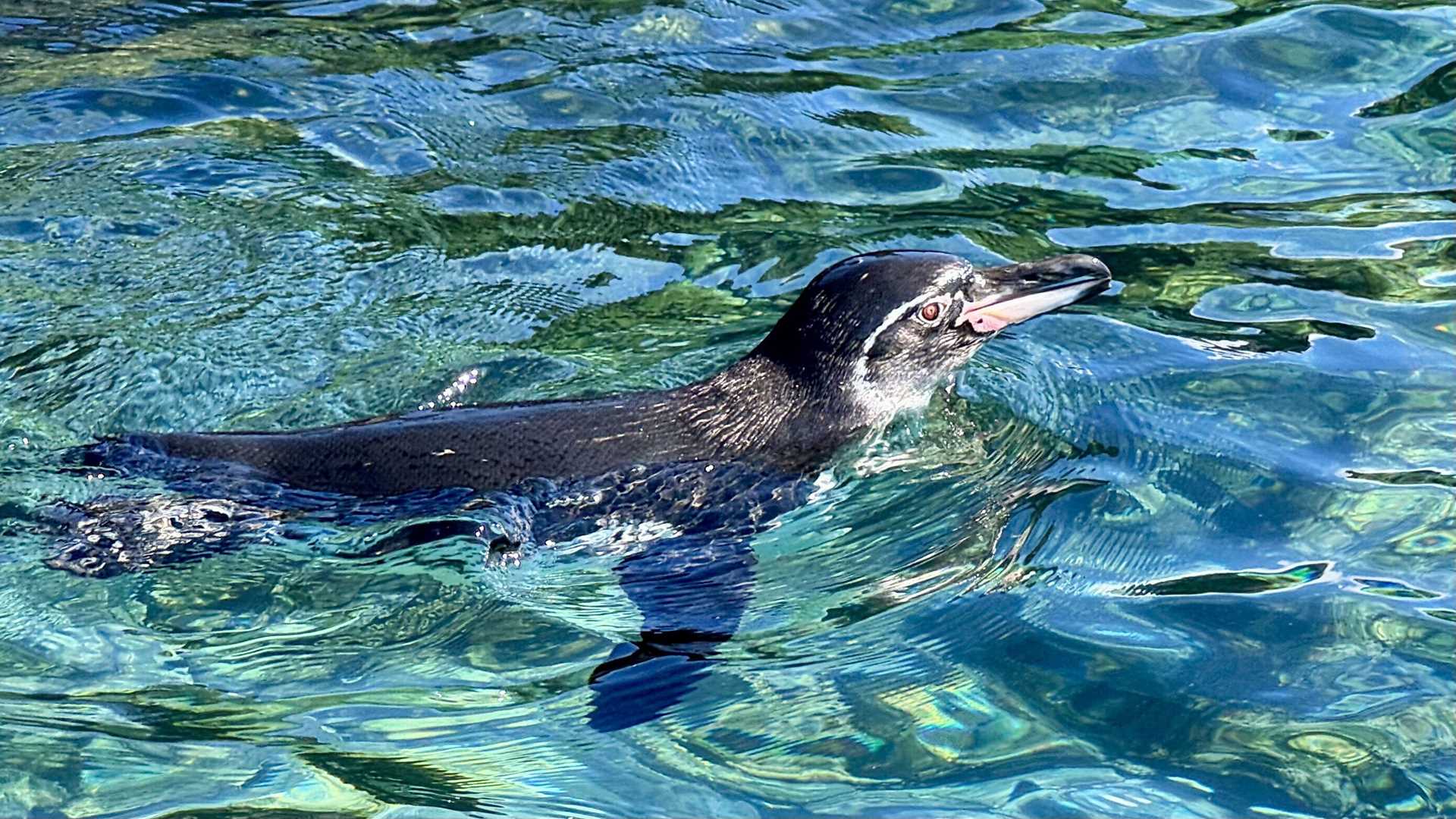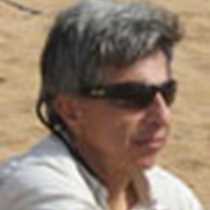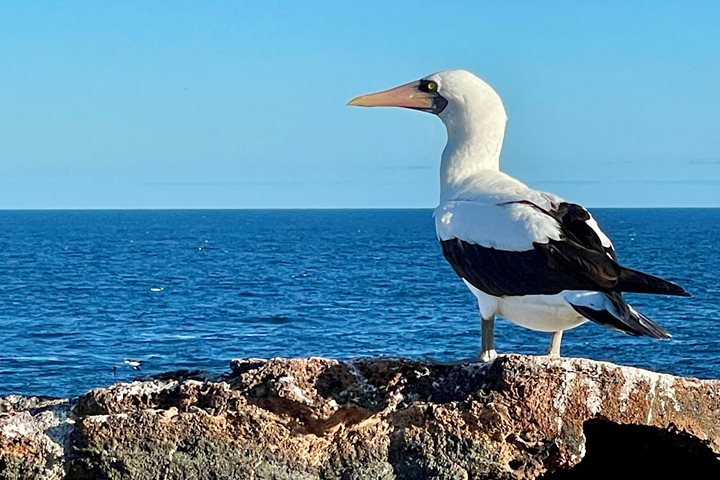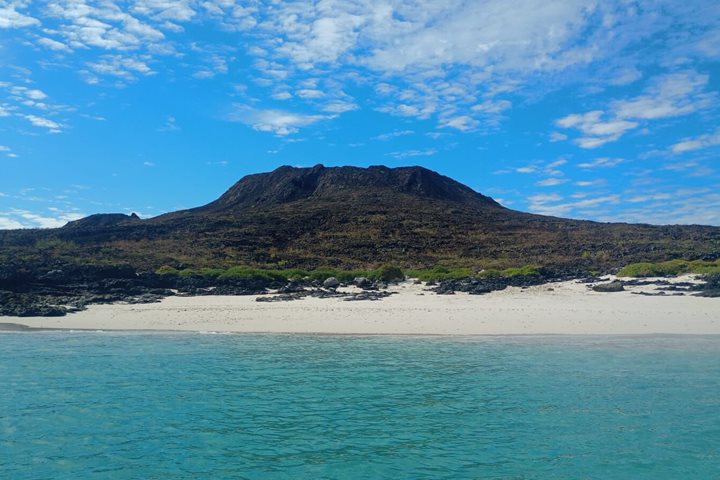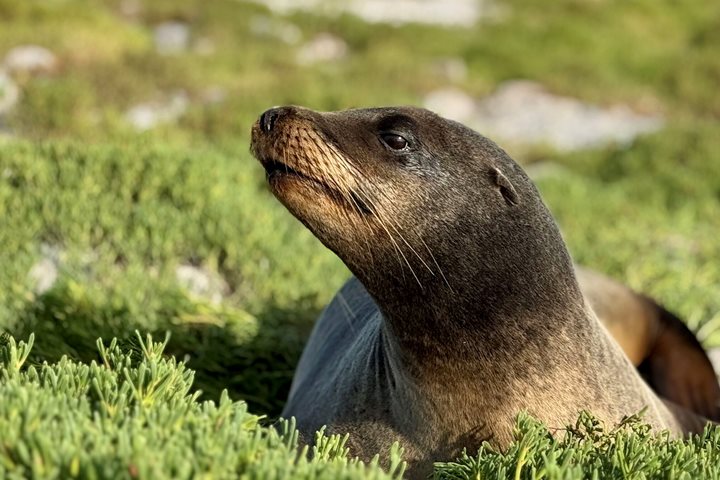Sombrero Chino and Sullivan Bay offer unique insights into the archipelago's volcanic origins. Sombrero Chino, a small islet near Santiago Island that is named for its hat-like shape, features young lava formations, sparse vegetation, and a thriving marine ecosystem. Sullivan Bay, on the eastern coast of Santiago Island, is renowned for its striking pahoehoe lava flows from an 1897 eruption, showcasing the barren landscape of recent volcanic activity.
- Daily Expedition Reports
- 21 Feb 2025
Sombrero Chino and Sullivan Bay, Santiago Island, 2/21/2025, National Geographic Islander II
- Aboard the National Geographic Islander II
- Galápagos
Salvador Cazar, Naturalist
Salvador Cazar studied biology at the Universidad Nacional Del Sur, Bahía Blanca, in Argentina and at the Catholic University of Ecuador. Between 1988 and 1994, Salvador worked as a naturalist and tour leader for several national and international to...
Read MoreShare Report
Galápagos Escape: A 7-Day Voyage
VIEW ITINERARYRelated Reports
6/13/2025
Read
National Geographic Islander II
Santiago Island
We started our day early in the morning at Chinese Hat. As our kayaks glided in the water, we had our first opportunity to watch Galapagos penguins swimming beside us. As we got closer to the shoreline, lava herons and blue-footed boobies stood motionless on the lava, watching our groups pass. In the late morning, we had the opportunity to have a very intimate moment with Galapagos penguins while they were hunting black-striped salemas. Penguins swam back and forth, trying to get as many fish as possible. The lunar landscape of Chinese Hat gave us an opportunity to observe the candelabra cactuses that grow on this recently formed lava field. In the afternoon, our expedition took us to Sullivan Bay. During a hike, we enjoyed one of the most amazing lava landscapes in the Galapagos. The visitor site invited us to think deeply about the genesis of life in the Galapagos Islands and how plants and animals arrived and established themselves here. As we returned to the ship, a beautiful sunset invited us to reflect on the geological and geographic qualities that make the Galapagos truly unique.
6/12/2025
Read
National Geographic Islander II
South Plaza and Santa Fe Islands
Our expedition on board National Geographic Islander II took us to the captivating South Plaza and Santa Fe Islands. We were treated to an extraordinary day of wildlife encounters and breathtaking landscapes, leaving us with a deeper understanding of the island’s unique ecosystems.

